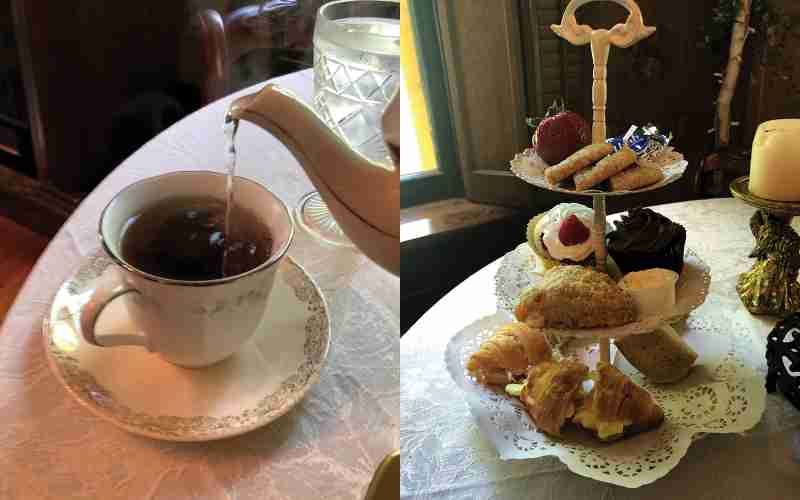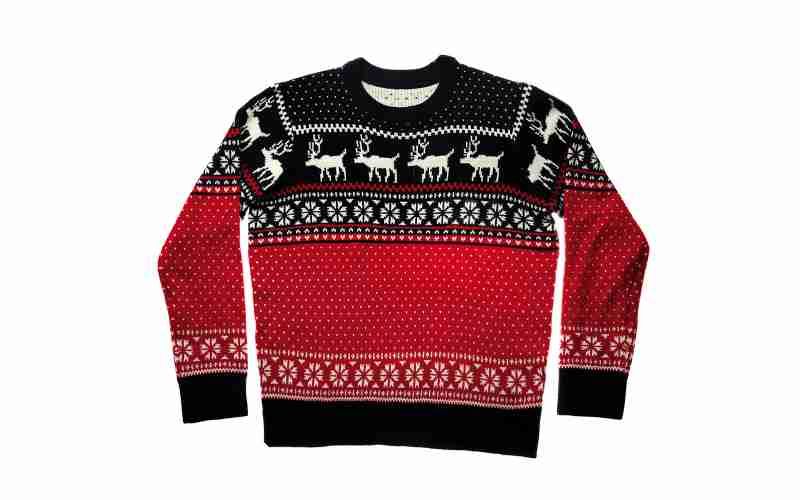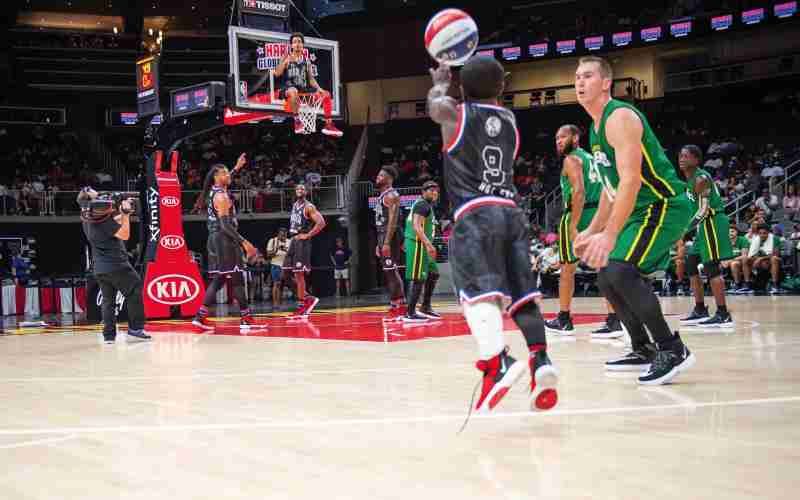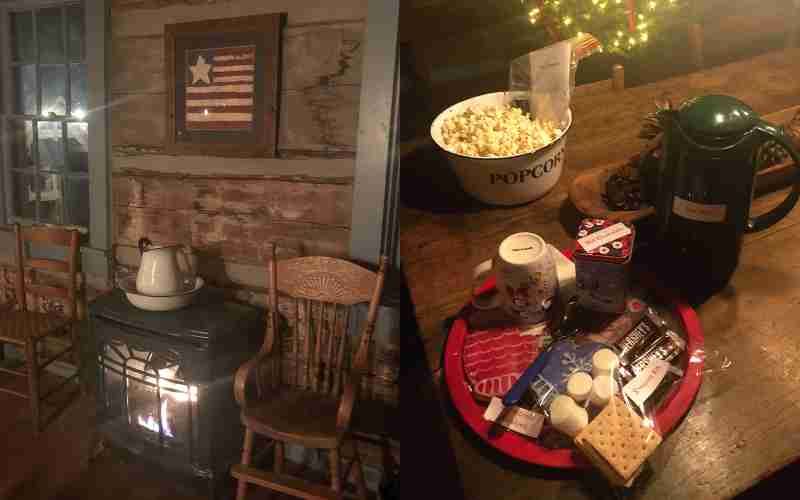Usually, First Person is a column for feats of derring-do.
I have done feats of derring-do around the world. I have done feats of derring-do everywhere but Darrington, Washington, and Doo Town, Tasmania.
But this will be a different sort of first-person column.
Yet frightening in its own way.
I attended a tea.
By which I mean, a tea-accompanied nosh modeled after the British tradition of afternoon tea.
The Kimmell House Inn in Kimmell is owned by two anglophiles, Dean and Deb Stoops, who decided to open a bed and breakfast after 9/11 canceled a trip to the United Kingdom.
The Kimmell House Tea is something Deb devised to bring a little British culture into her life and the lives of others.
According to a list of teatime-related facts complied a few years back by William Hartston in the Daily Express, afternoon tea “began around 1840 as an idea of the Duchess of Bedford to deal with the problem that she got hungry between lunch and dinner.”
“At first, she just had tea and a snack alone in her boudoir,” Hartson wrote, “but soon began to invite friends.”
No word on whether some of those friends were disappointed initially to find out that tea was the only reason they were invited to her boudoir.
Afternoon Tea Popularity
The Cockney rhyming slang for tea is “Rosie Lee.” This might be connected to burlesque artist Gypsy Rose Lee who probably had more going on in her boudoir than tea.
As the century progressed, according to Zena Hawley in the Daily Evening Telegraph, “so did the practice of taking afternoon tea with ladies changing into tea gowns for the occasion — an outfit that always had a loose waist probably to make room for the indulgence.”
When someone on your Facebook feed says he is “changing into his eating pants,” he is unwittingly continuing the tea gown tradition.
Two staples of afternoon tea are finger sandwiches and cake. The idea is to give people things that are easy to eat while socializing. It is reminiscent of an opening reception of an art show in that respect.
Afternoon teas can have elegant trappings. Some people would rather have their foot in an elegant leg trap than be forced to deal with elegant trappings, but I wasn’t afraid.
When the afternoon tea tradition was established in Britain, a high tea was devised that allowed people to eat more substantial fare a little later around a table.
Just don’t call it “dinner.” No, dinner is presumably what happens seconds after you finish high tea, and high tea is presumably what happens seconds after you finish afternoon tea.
In Great Britain, if you don’t eat nonstop from 4-11 p.m. every day, it is considered an insult to British culture. Any refusal will get you physically thrown out of the country… if they can lift you at that point.
Clotted Cream is Illegal?
There is also such thing as a cream tea which involves scones, jam, and something called clotted cream.
The phrase “clotted cream” makes us uncomfortable because it sounds like something that might be urgently retrieved in a TV medical drama:
Nurse: Doctor, his blood isn’t clotting!
Doctor: Give me 20 CCs of clotting cream, stat!
Nurse: Good idea. Hey, I bet it would go great with these scones!
True clotted cream, a high-fat byproduct of milk production, is illegal in the states because it involves raw milk that has not been pasteurized.
So there is something naughty about it.
If you ever visit England and get your hands on some real clotted cream, you should find a boudoir to eat it in.
The counties of Devon and Cornwall argue over which invented clotted cream. They even argue over how clotted cream should be applied to things.
“Whether you put jam or clotted cream on your scones first might be the biggest debate in Britain,” a blogger calling herself “A Lady in London” wrote in 2019.
She’d apparently never heard of Brexit.
Brits also argue over the order of steps in tea preparation.
“‘How do you take your tea?’ is perhaps the most loaded question in the British language,” Jessica Pan wrote in 2017 for The Week.
The British language? Meaning, English?
If that’s a loaded question, I wish someone would tell me what it’s loaded with.
Kimmell House Tea Serves Up Tasty Fare
The Kimmell House Tea combines three British tea traditions: afternoon tea, high tea and the cream tea.
It happens around noon and around tables. Scones and ersatz-but-tasty clotted cream are proffered, as are finger sandwiches and pastries.
There was a group of people at another table in the Kimmell House’s tearoom while I was there by myself.
So, I was embarrassed when Deb gave them a cake stand to share and then gave me my own cake stand.
“I will never eat all that,” I said to the group, knowing I would finish everything on the cake stand and then have to exercise discipline to keep myself from eating the cake stand.
It was all scrumptious of course.
I ate my first cucumber sandwiches, which were improbably delicious. I Googled the ingredients of a cucumber sandwich after I got home and concluded that Deb must do something extra to hers.
Maybe people just start loving cucumbers when they reach middle age.
I tried to follow all the etiquette involved in an afternoon tea, but it was a losing battle. I can’t even follow all the etiquette involved in a mosh pit.
And, as it turns out, I didn’t even need to raise my pinkie while drinking tea.
That’s actually considered rude, not posh.
However, it is considered proper etiquette to raise a pinkie while drinking Natty Light.
You learn something new every day.
 Submit Your Event
Submit Your Event




